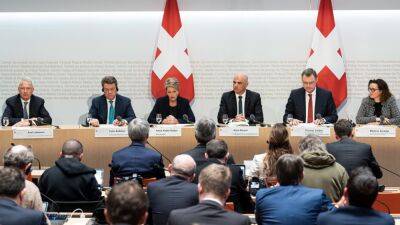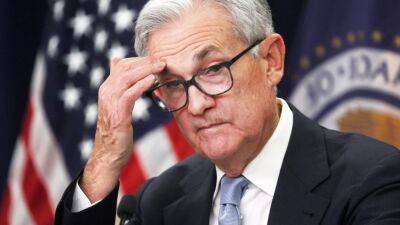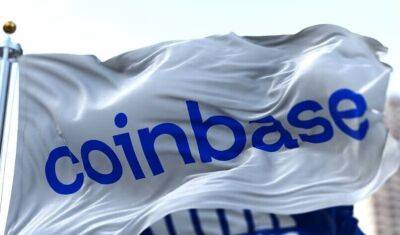What is happening in financial markets and could there be a global crisis?
The global banking system is reeling from a series of shocks over the past week, sparked by the collapse of California’s Silicon Valley Bank. That has stoked fears that this is the start of another banking crisis, posing big questions for central banks as they try to fight inflation while ensuring financial stability.
Severe stresses in the global financial system have become apparent in the past week. In the US, Silicon Valley Bank’s (SVB) collapse last Friday was the first domino to fall, followed by New York’s Signature Bank on Sunday. Wall Street’s biggest lenders clubbing together to rescue First Republic Bank after its shares crashed, pumping $30bn (£25bn) into it. In Europe, the Swiss National Bank was forced to offer a £44.5bn lifeline to Credit Suisse. Although there were specific problems at SVB and Credit Suisse, there is evidence of wider distress.
Every week, the Federal Reserve, the US’s central bank, provides details of the emergency help it has provided to American banks over the past seven days. In the last week, this rose from $15bn to $318bn – well in excess of the $130bn at the start of the Covid-19 pandemic and not far short of the $437bn at the height of the banking crisis following the bankruptcy of Lehman Brothers in 2008.
It is too early to say at this stage, but there are reasons to be hopeful that a repeat can be avoided. First, banks are in better financial shape than they were in 2008, when many were operating with only small amounts of capital to cover the losses resulting from the meltdown in the US sub-prime mortgage market.
Second, in 2008 the entire global financial system froze up because nobody knew how big the losses were and which banks were most heavily exposed. As yet, there is no sign
Read more on theguardian.com










